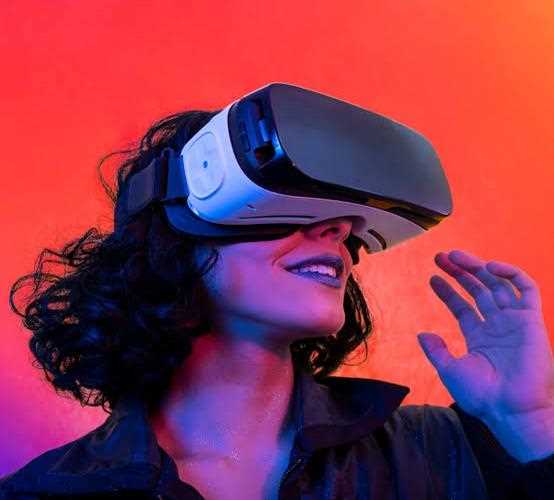Virtual reality (VR) and augmented reality (AR) are two terms that are commonly used in the world of technology,
but many people are still unsure about the difference between the two. In simple terms, VR is an immersive experience that simulates an environment that is completely different from the real world, while AR involves adding virtual objects to the real world.
Virtual reality (VR) is a technology that creates a simulated environment in which the user can interact with the surroundings using specialized equipment, such as a headset or a pair of goggles. The user is transported to a digital world that is created by a computer-generated environment that provides a completely immersive experience. In a VR environment, the user has complete control over their actions and movements, and the environment can be anything from a game to a simulation of a real-world environment.
Augmented reality (AR) refers to a technology that superimposes digital information onto the physical environment. AR technology uses a device such as a smartphone or tablet to project digital content onto the physical world, creating an interactive experience. The digital content can be anything from text and images to 3D models and animations. The key difference between AR and VR is that AR enhances the real world by adding digital content to it, while VR creates a completely separate digital world.
Another difference between VR and AR is the intensity of immersion. In VR, the user is fully immersed in a simulated environment, and the real world is completely blocked out. In contrast, AR allows the user to see and interact with the real world, while also adding digital content to it. This means that AR is often used in applications where the user needs to see and interact with the real world, while VR is used in situations where the user needs to be completely immersed in a digital environment.
There are many applications for both VR and AR technology. VR is commonly used in gaming, simulation, and training applications, while AR is used in areas such as education, healthcare, and marketing. For example, AR can be used to display information about products in a store, while VR can be used to simulate dangerous situations for training purposes.